At the recent Wine Future in Hong Kong event, three noted wine experts looked into their crystal balls and spoke of changes on wine's horizon.
An article by Richard Siddle in Harper's Wine & Spirits Trade Review cites some oeno-prognostication from California winemaker Randall Grahm, wine critic Stephen Spurrier and Master of Wine Tim Atkin.
Grahm, the visionary head of California's Bonny Doon Vineyards, sees winemakers going for a more nutritional approach. Grahm envisioned wines in the future would have a "life force" element resulting from winemakers gaining an understanding of how to get the most from their soil. This would be useful, according to Grahm, as a means of coping with climate change.
The panel presented a unanimous vote for wine regions around the Black Sea having enormous unrealized potential.
Spurrier identified what he feels are the three best areas of opportunity for wine's future: Vermentino, Cabernet Franc and English sparkling wines.
Atkin branded Turkish wine as his pick for great growth, although he added that it's possible the greatest wine region worldwide has not yet been discovered.


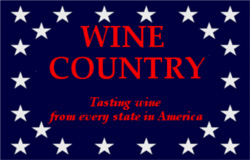

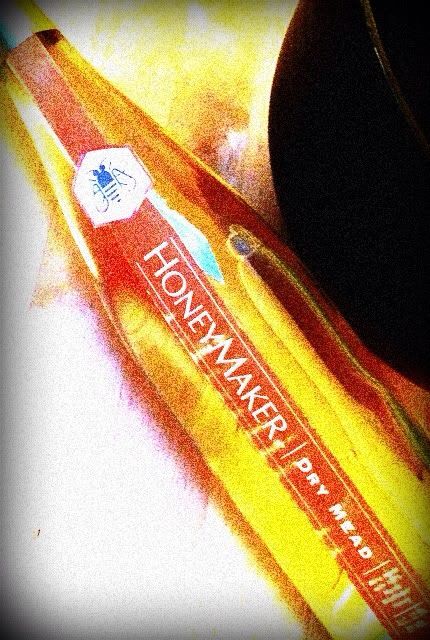


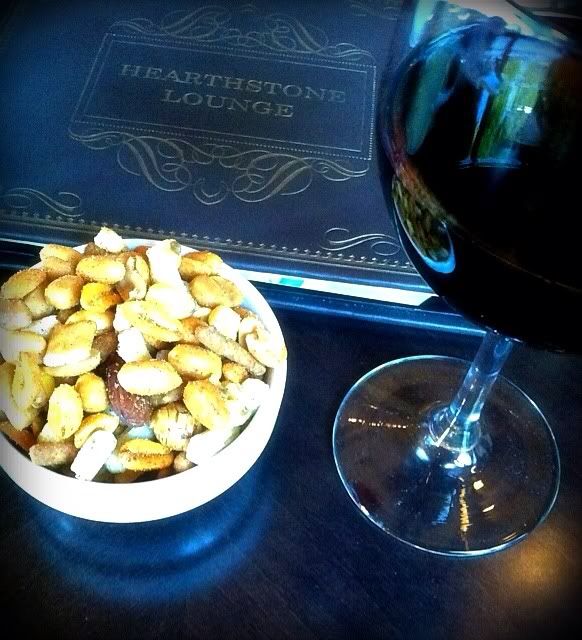


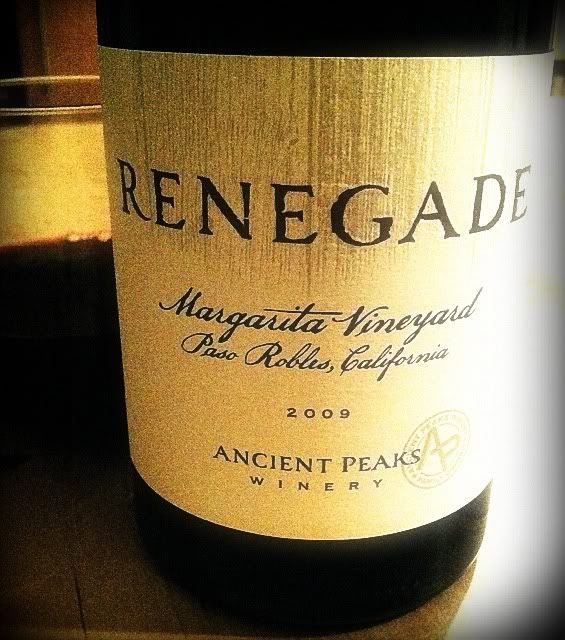


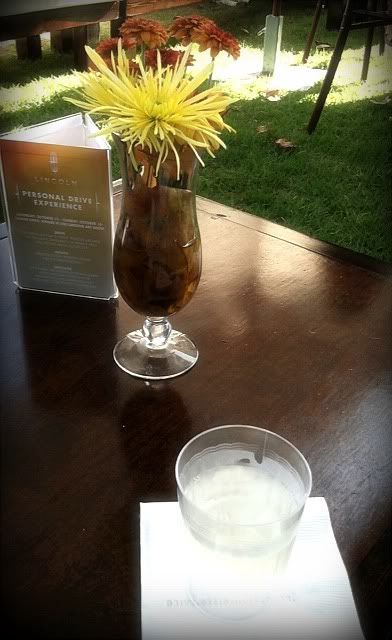

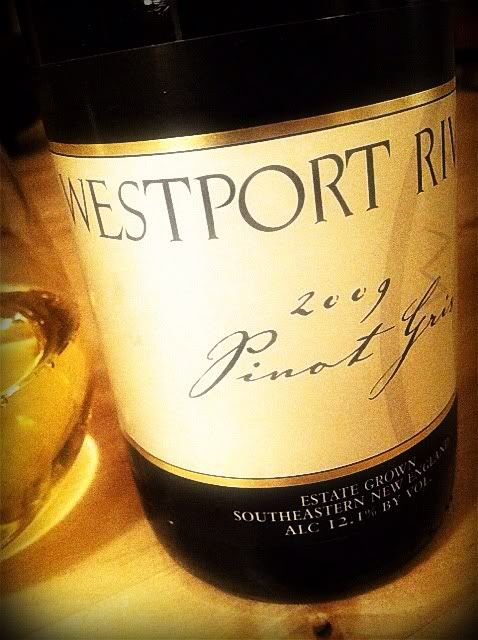 Westport Rivers
Westport Rivers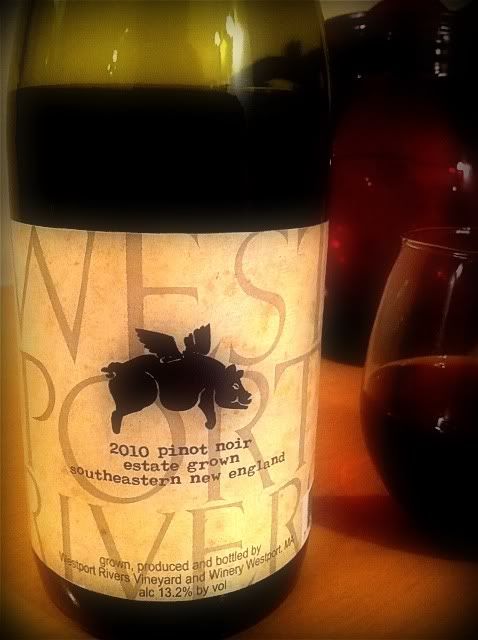 Westport Rivers Pinot Noir 2010 - At 13.2% abv, this is much more old world than new. Medium ruby in color, the nose on this Pinot Noir shows
Westport Rivers Pinot Noir 2010 - At 13.2% abv, this is much more old world than new. Medium ruby in color, the nose on this Pinot Noir shows 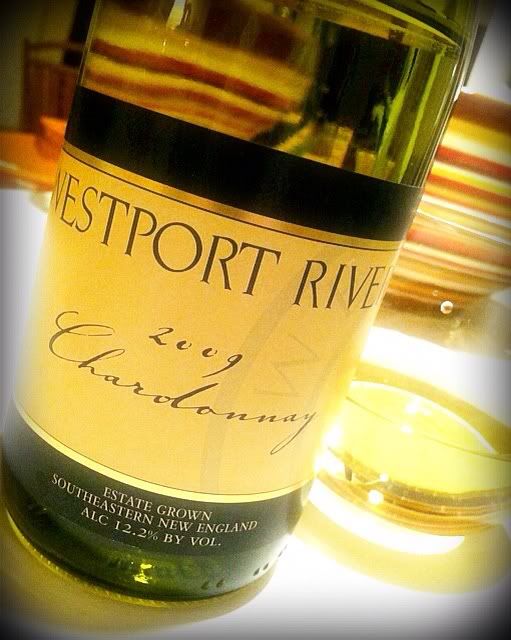 Westport Rivers Chardonnay 2009 - 100% estate-grown Chardonnay, this wine is 80% aged in French oak, sur-lie. Letting wine rest on the dead
Westport Rivers Chardonnay 2009 - 100% estate-grown Chardonnay, this wine is 80% aged in French oak, sur-lie. Letting wine rest on the dead  Westport Brut RJR 2006 - A traditional method sparkler comprised of 65% Pinot Noir grapes and 35% Chardonnay, the Brut has a
Westport Brut RJR 2006 - A traditional method sparkler comprised of 65% Pinot Noir grapes and 35% Chardonnay, the Brut has a 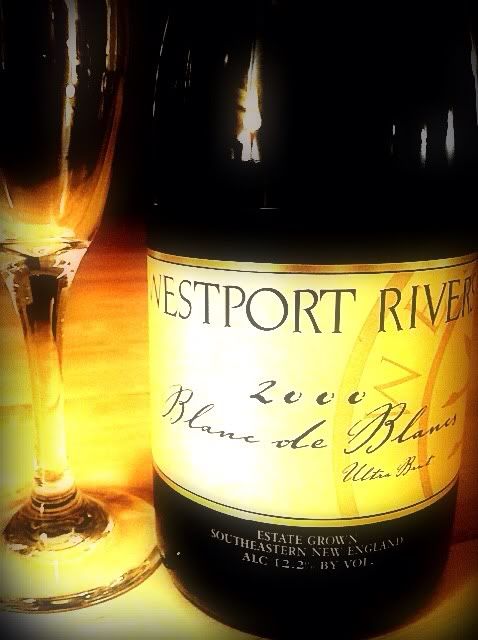 Blanc de Blancs Ultra Brut 2000- This yellow-gold sparkler offers one of the most pungent noses I've ever experienced in a
Blanc de Blancs Ultra Brut 2000- This yellow-gold sparkler offers one of the most pungent noses I've ever experienced in a 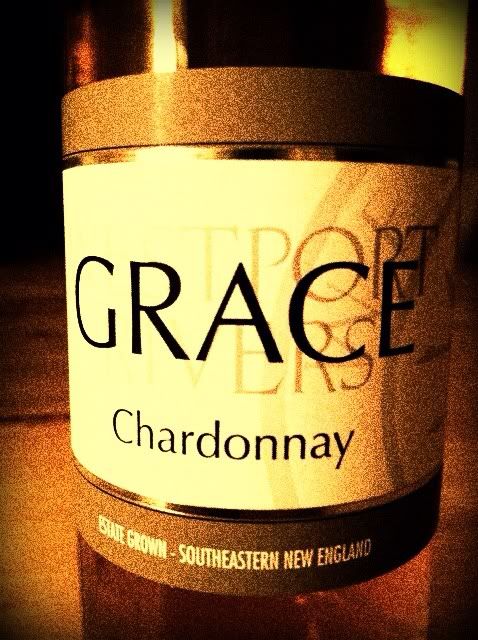 Grace Chardonnay NV - This is their aperitif Chardonnay, one of those gold medal winners they like to brag about. Westport Rivers
Grace Chardonnay NV - This is their aperitif Chardonnay, one of those gold medal winners they like to brag about. Westport Rivers